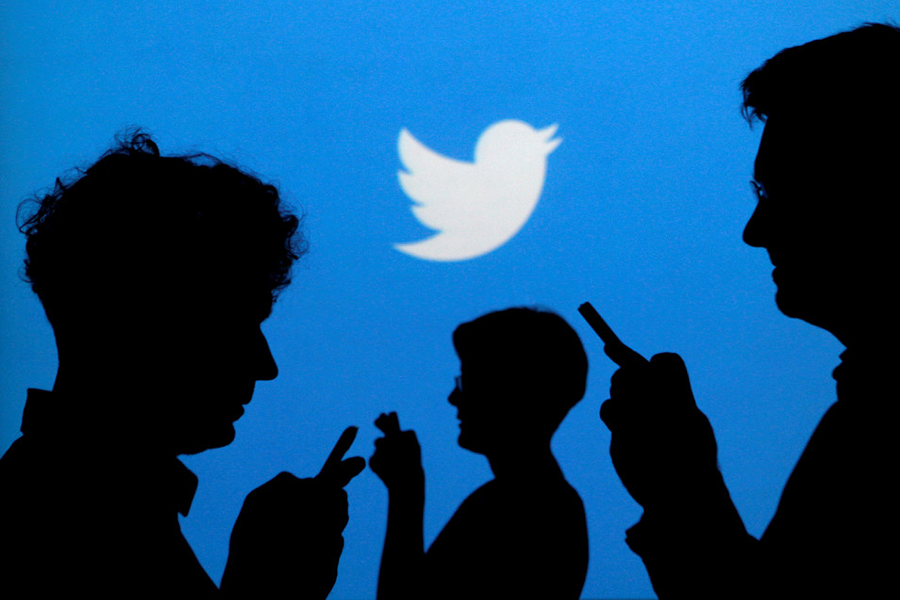Layoffs at Twitter: What's happening there?
Loading...
Just weeks after rumors of a possible Twitter acquisition caused the company’s market value to soar, the social media site has announced it will shrink its staff.
Despite serving as a platform for millions of users who send some 500 million tweets per day, Twitter has struggled with stagnated user and advertising growth over the past few years. While other services like Facebook, Instagram, and Snapchat have grown in both users and revenue, Twitter has introduced innovation on its platform at a slower rate. The result has been languishing profit growth, leading the site to explore options that would cut costs.
Twitter could cut around 8 percent of employees, or about 300 people, sources told Bloomberg. That’s around the same amount of people the site laid off last year when co-founder Jack Dorsey rejoined the team as CEO, a move many hoped would turn the faltering company around.
But Mr. Dorsey hasn’t been able to spur significant user or ad growth on the platform, and the company’s share prices have fallen 40 percent in the past year. Members of the sales team are likely to be on the chopping block.
Sources say the cuts could be announced before Thursday, when Twitter will release its third-quarter earnings.
After a year of uncertainty, things seemed to be looking up for the company last month when some big name buyers, including Disney and software company Salesforce.com Inc., entered into talks with Twitter about buying the service and finding ways to revamp the platform to serve their companies’ purposes. Those talks have since fallen through, as some investors have questioned the long-term viability of the social media platform.
Twitter’s appeal has failed to resonate with new users, leading its numbers to stagnate at around 300 million accounts. But, fortunately for the company, those who do use Twitter do so frequently and still believe the platform that reshaped social media with the advent of the 140-character message has a future. A push to introduce live streaming on the service has caught the attention of the NFL and highly sought after advertisers like Ford, which could bring users and big money to the service for new reasons.
The company only saw its number of users increase by 1 percent last year, but many still believe the site has its own value to offer. As tech journalist Joshua Topolsky wrote in a New Yorker piece early this year, Twitter might find favor among advertisers and users by remaining true to its original goal: short messages that connect people around the world.
“The directness and power at the heart of Twitter – short bursts of information that can make you feel that you’re plugged into a hulking hive mind – are still its greatest asset. The company just needs to find the right way to show the power of those connections to a bigger audience, and the value of that audience to advertisers and partners. Not a simple task, but for Twitter an unavoidable one.”








